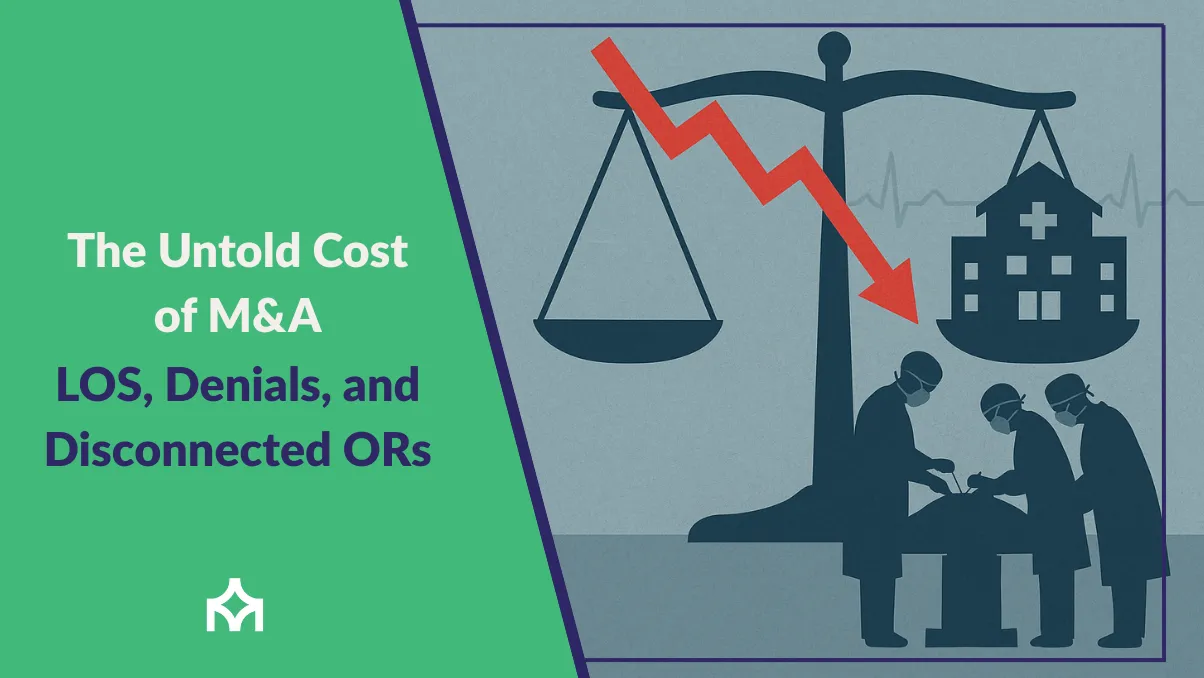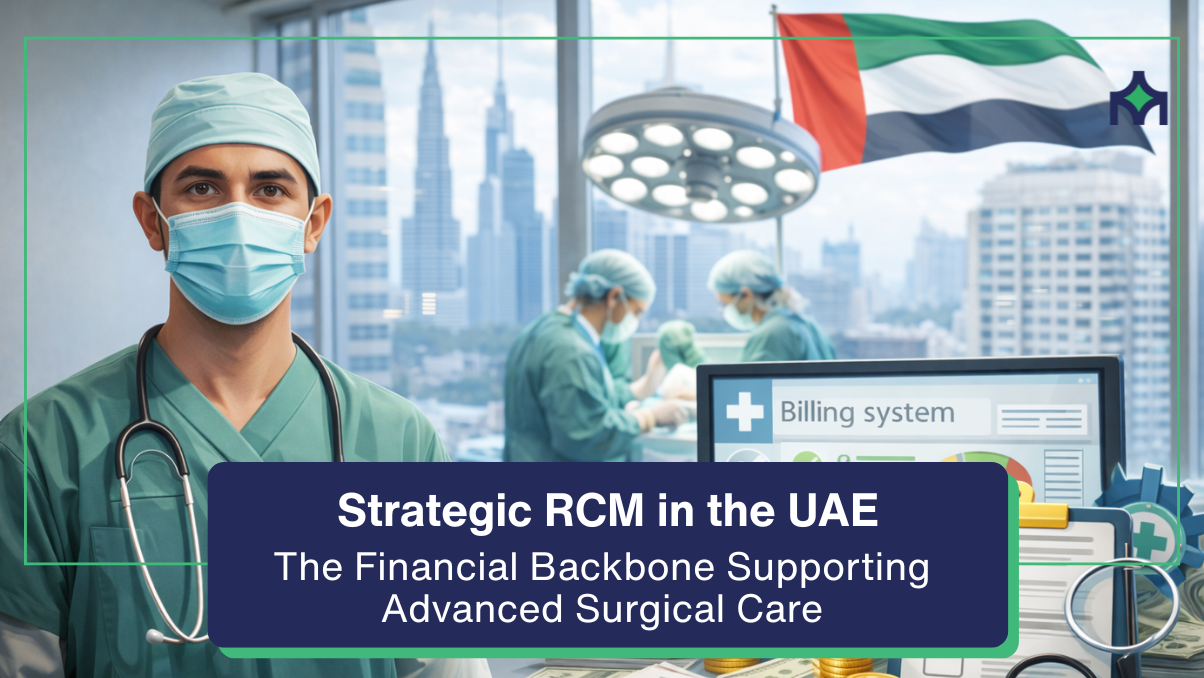The Untold Cost of M&A: LOS, Denials, and Disconnected ORs
Surgical Integration After M&A: Protecting LOS, Denials, and Throughput from Day One
Mergers and acquisitions promise scale, market share, and payer leverage. But beneath the boardroom wins, many systems face a quieter reality: disrupted care continuity, perioperative misalignment, and a surge in cost-driving metrics like length of stay (LOS), denials, and surgical delays. These aren’t inevitable growing pains—they’re avoidable setbacks with high stakes.
When Integration Lags, the OR Pays the Price
Each hospital brings its own protocols, documentation standards, EHR builds, and clinical culture. Without tight integration, friction emerges across the surgical journey:
- Pre-op: Incomplete workups and duplicate testing from non-unified order sets.
- Intra-op: OR delays caused by mismatched equipment preferences and scheduling conflicts.
- Post-op: Conflicting discharge criteria and LOS targets across facilities.
The result: longer LOS, higher readmission risk, and fragile performance under bundled payments—where cost and quality must be tightly managed.
Denials Surge in Disconnected Systems
Misaligned documentation, charge capture, and coding workflows fuel preventable denials—just when cash flow matters most.
- Missing surgical modifiers from EHR mapping errors.
- Conflicting clinical documentation between merged providers.
- Authorization lapses tied to inconsistent pre-op processes.
The downstream impact: payment delays, staff burnout from appeals, and margin erosion that undermines the merger thesis.
MGA’s Take: Where M&A Strategy Meets OR Reality
Modality Global Advisors (MGA) embeds perioperative integration into the M&A lifecycle—from diligence to day-one and beyond.
Pre-Merger Due Diligence
- Assess alignment of surgical protocols, care pathways, and quality benchmarks.
- Evaluate interoperability—especially EHR surgical modules and anesthesia documentation.
- Quantify variation in LOS, throughput, case mix, and complication/readmission rates.
Integration Playbooks
- Standardize order sets, safety checklists, and intra-op workflows across entities.
- Design unified staffing, credentialing, block scheduling, and preference-card models.
- Embed the “best of both” legacy practices to drive clinical buy-in.
Denial Prevention & Documentation Alignment
- Audit surgical documentation, coding, and charge-capture workflows end-to-end.
- Train providers on merged standards, risk adjustment, and modifier usage.
- Deploy pre-bill review tools and real-time charge capture audits in peri-op areas.
LOS Optimisation & Throughput
- Align post-op pathways and discharge targets across facilities (e.g., ERAS bundles).
- Use predictive tools for early discharge readiness and ICU/step-down transitions.
- Reduce unwarranted variation to stabilise throughput and bed availability.
Bottom Line
M&A is more than a financial transaction—it’s a clinical integration challenge. Left unchecked, surgical misalignment drives longer LOS, lower throughput, and lost reimbursement. With the right plan, perioperative services become the proving ground for synergy, savings, and scalable value.
Win the merger where it matters most: in the OR and recovery. Standardise pathways, align documentation, and hard-wire denial prevention from day one.
Let’s talk surgical integration. MGA partners with health systems for perioperative alignment, revenue protection, and operational success. hello@modalityglobal.com.






